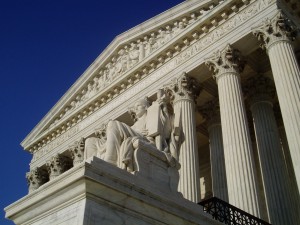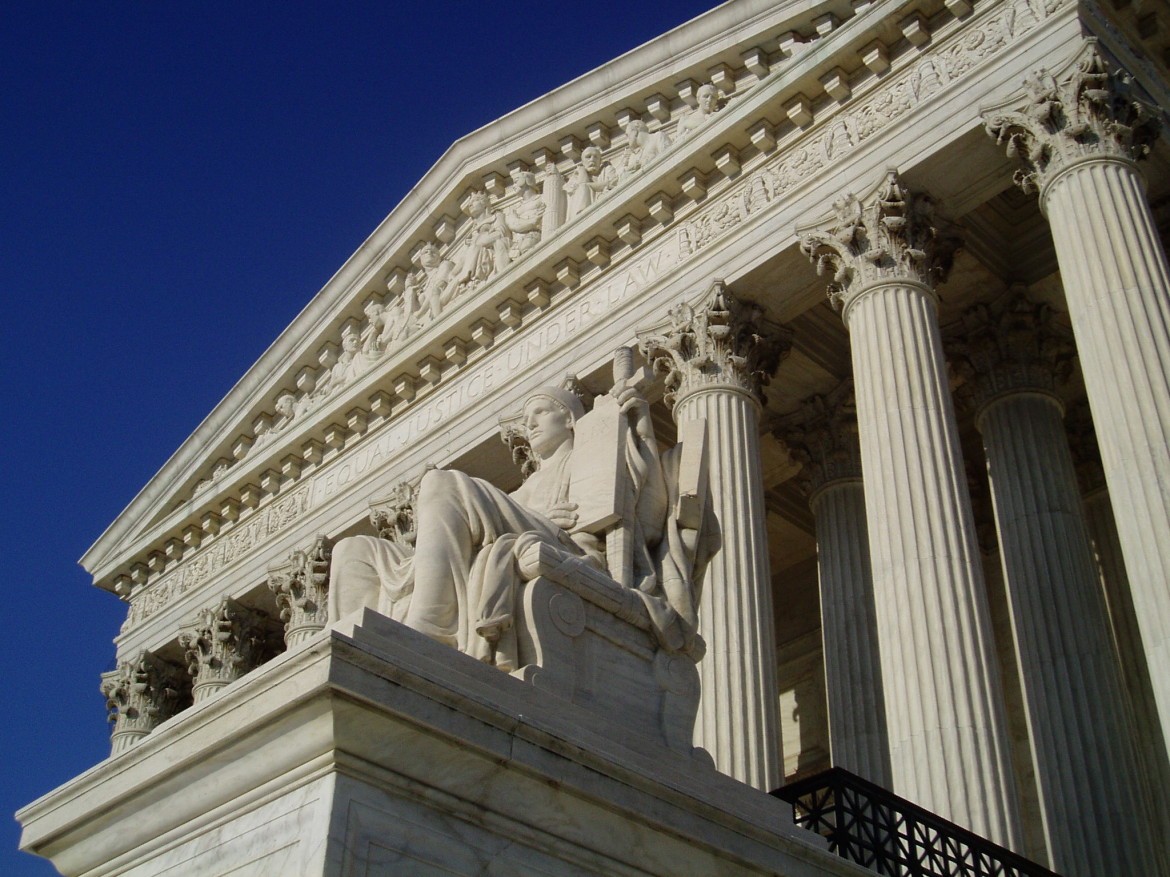
[This article was reprinted with permission from YouthToday]
The U.S. Supreme Court ruled today in a 5-4 decision that said a police officer must take a child’s age into consideration when determining whether to issue a Miranda warning to a juvenile suspect.
The case, J.D.B.v. North Carolina is the latest in a string of cases in which the high court has applied protection to certain groups of juveniles. The court banned the juvenile death penalty in the 2005 Roper v. Simmons case, and last year ruled in Graham v. Florida that life without parole sentences were unconstitutional for juveniles convicted of any crime other than homicide.
“This represents the court’s settled commitment to its view that kids are different,” said Marsha Levick, deputy director and co-founder of the Philadelphia-based Juvenile Law Center. “It’s just a further shoring up of that direction they’ve been moving in for last several years.”
Justice Sonia Sotomayor, writing for the majority, said, “So long as the child’s age was known to the officer, or would have been objectively apparent to a reasonable officer,” law enforcement and the courts must factor age into a decision to give a Miranda warning to a juvenile suspect.
“Neither officers nor courts can reasonably evaluate the effect of objective circumstances that, by their nature, are specific to children without accounting for the age of the child subjected to those circumstances,” wrote Sotomayor, joined in her opinion by Justices Anthony Kennedy, Ruth Bader Ginsburg, Stephen Breyer and Elena Kagan.
“This does not mean that a child’s age will be a determinative, or even a significant, factor in every case, but it is a reality that courts cannot ignore.”
Dissenters in the case – Chief Justice John Roberts and Justices Samuel Alito, Antonin Scalia and Clarence Thomas – expressed fear that the decision would be the first of many to obscure Miranda guidelines past their usefulness.
The justices heard oral arguments in March in the case, which involved a 13-year-old boy who was questioned by police at his school in connection with two home burglaries. The teen was questioned in a closed (but not locked) room, in the presence of a police investigator, a police officer who was assigned to the school and an assistant principal.
J.D.B. initially denied being involved in the break-ins, and was advised by his assistant principal to “do the right thing.” J.D.B. was then told by the investigator that the case would be going to court, and that he might be detained before trial, at which point the boy confessed to the crimes.
The investigator then told J.D.B. that he did not have to answer further questions and was free to leave. The teen continued to answer questions until the end of the school day, and then went home.
It is the first time since the Miranda v. Arizona ruling established the current custody analysis in 1966 that the high court has mandated the consideration of a factor specific to the individual in question. The Miranda process historically only requires officers (and courts upon review) to consider specific circumstances such as where questioning occurred, how long it lasted or whether any physical restrain was used to keep a suspect in a certain place.
The majority cited a number of previous cases to bolster its argument that age is a factor worthy of distinguishing from other potential considerations about an individual.
“A child’s age differs from other personal characteristics that, even when known to police, have no objectively discernible relationship to a reasonable person’s understanding of his freedom of action,” Sotomayor wrote.
Sotomayor’s opinion cited Haley v. Ohio’s finding that in the specific context of police interrogation, events that “would leave a man cold and unimpressed can overawe and overwhelm a” teen, and quotes from the Roper v. Simmons case that ended the juvenile death penalty: juveniles “are more vulnerable or susceptible to . . . outside pressures” than adults.
Alito’s dissent
Writing for the dissenting justices, Justice Samuel Alito voiced concern that the decision in J.D.B.could lead to a “fundamental transformation of the Miranda custody test – from a clear, easily applied prophylactic rule into a highly fact-intensive standard resembling the voluntariness test that the Miranda Court found to be unsatisfactory.
“I have little doubt that today’s decision will soon be cited by defendants – and perhaps by prosecutors as well – for the proposition that all manner of other individual characteristics should be treated like age and taken into account in the Miranda custody calculus,” Alito wrote. “Indeed, there are already lower court decisions that take this approach.”
More specific to the case at hand, Alito argued that juveniles are already protected in school by Miranda’s requirement that setting be a factor.
“The Miranda custody rule has always taken into account the setting in which questioning occurs, and accounting for the school setting in such cases will address many of these problems,” he wrote.
And juveniles are protected in general, Alito said, by the ability of judges to assess the voluntariness of their communication with police under the Fifth and 14th Amendments.
“If Miranda’s rigid, one-size-fits-all standards fail to account for the unique needs of juveniles, the response should be to rigorously apply the constitutional rule against coercion to ensure that the rights of minors are protected,” Alito wrote. “There is no need to run Miranda off the rails.”
During the oral arguments in March, Alito challenged J.D.B.’s attorney Barbara Blackman on whether or where a bright line should be drawn as to what age range must be specially considered by law enforcement. Alito expressed wariness over using the case of a 13-year-old who may not have understood that he could walk away from questioning to mandate protection for older teens.
“Sympathetic cases can make bad law,” Alito said during the oral arguments. “So take the same set of facts and let's hypothesize that this is a 15-year-old. Would the 15-year-old appreciate that he could go? Or make him a street-wise 17-year-old.”
He returned to this line of discussion in his dissent.
“Most juveniles who are subjected to police interrogation are teenagers nearing the age of majority. These defendants’ reactions to police pressure are unlikely to be much different from the reaction of a typical 18-year-old in similar circumstances. A one-size-fits-all Miranda custody rule thus provides a roughly reasonable fit for these defendants.”
The majority was not persuaded by that argument.
“Though the State and the dissent worry about gradations among children of different ages, that concern cannot justify ignoring a child’s age altogether,” Sotomayor said. “Not once have we excluded from the custody analysis a circumstance that we determined was relevant and objective, simply to make the fault line between custodial and noncustodial ‘brighter.’ "

This is great! I am conservative but the more rights individuals
have (especially minors) the better, in my opinion. I have personal experience that most police officers are honest and really just trying to do their job. Unfortunately, some are worse than most criminals and they have power to boot. Thus, we need protection from all of them. Check out the flexyourrights.org website. It’s good!!! Unless you know how to handle the police, you’re screwed because they are trained to trick you into giving up your rights and it’s ok for them to lie to you but you can’t lie to them.